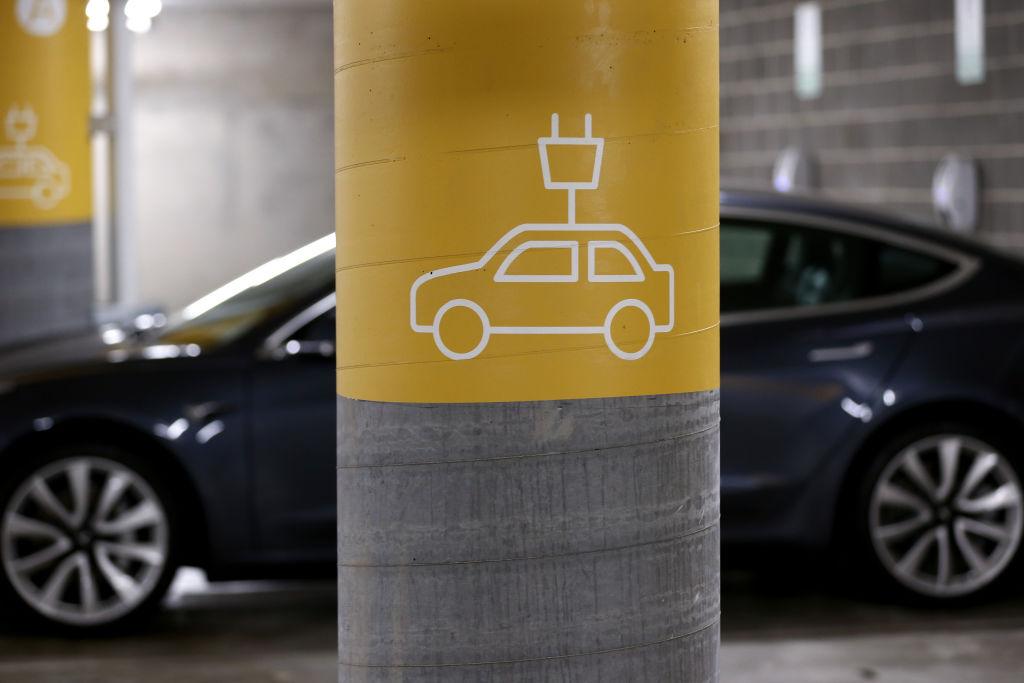Australia’s car market has roared back to life, with over 108,000 vehicles sold in March, ending an eight-month slump.
However, while hybrid sales are surging, electric vehicle (EV) adoption is faltering, casting doubt on the federal government’s ability to meet its ambitious New Vehicle Efficiency Standard (NVES) targets.
Data released by the Federal Chamber of Automotive Industries (FCAI) and the Electric Vehicle Council (EVC) on April 3 confirms that sales of plug-in hybrid electric vehicles skyrocketed by 380 percent compared to March 2024.
The surge was largely driven by a last-minute rush to capitalise on the Commonwealth government’s fringe benefits tax exemption before its April 1 expiry.
Traditional hybrids also enjoyed strong demand, with more than 16,800 units sold. In contrast, petrol and diesel vehicles saw a dip of 8.3 percent and 1.2 percent, respectively.
EV Sales Slide as Policy Uncertainty Grows
Despite the push for cleaner transport, EV sales fell short of expectations, making up just 4.9 percent of March’s total sales—down from 9.5 percent in the same period last year.While some EV brands not included in FCAI’s report are yet to release their figures, the overall trend has raised alarms about the feasibility of the government’s transport emissions targets.
Tesla’s numbers were particularly hard hit, with sales plummeting by more than 50 percent compared to March 2024.
Overall, 2,079 fewer EVs were sold than in the previous year, prompting Weber to call for a reassessment of Australia’s emissions strategy.
“The early adopters have acted, but the rest of the vehicle-buying public has not followed,” he said.
A December report from the EVC painted a more optimistic picture, noting that over 100,000 EVs were sold in 2024.
It highlighted that battery-powered cars accounted for 9.5 percent of total sales by September, reflecting a 13 percent annual growth.
The number of EV and plug-in hybrid models available also surged by 50 percent. However, the report acknowledged that the growth rate had slowed compared to the record-breaking surge of 2023.
With EVs needing to comprise 50 percent of all new car sales by 2030 to hit net-zero targets, and one million EVs on Australian roads by 2027, the EVC warned that stronger government and industry backing is critical.
Meanwhile, political uncertainty looms. Reports suggest the Coalition is considering an election policy to scrap financial penalties for car companies that fail to meet emissions targets under the NVES.
Toyota Dominates as Market Preferences Shift
Toyota cemented its status as by far Australia’s best-selling car brand in March, moving 20,541 units.Ford followed with 8,232, ahead of Mazda (8,000), Kia (7,307), and Mitsubishi (7,265).
The Ford Ranger remained the nation’s top-selling vehicle (4,932 units), trailed by the Toyota RAV4 (4,321) and Toyota HiLux (4,081).
Geographically, Tasmania led sales growth with a 10.2 percent increase, followed by Western Australia (9.1 percent) and the ACT (4.6 percent).
Conversely, New South Wales and Victoria saw slight dips of 0.9 percent and 1.9 percent, while Queensland experienced the steepest decline at 6.8 percent.







